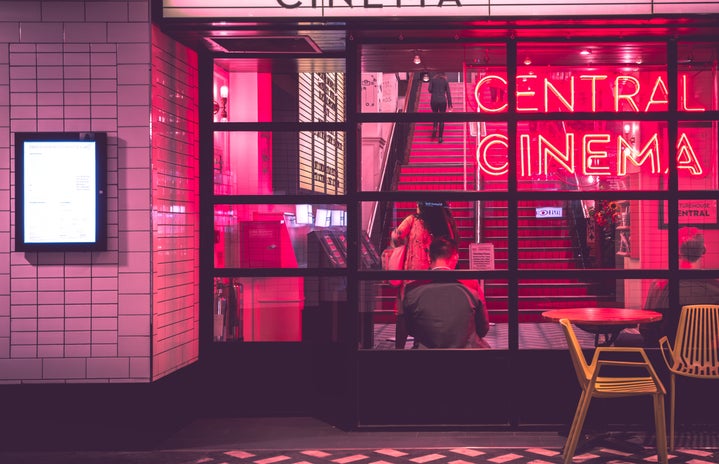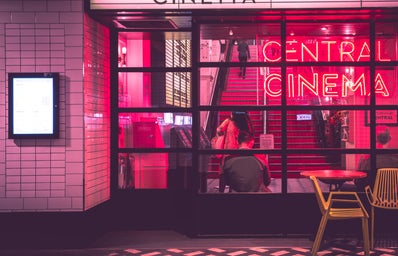Some of you may be familiar with horror movies that base characters on being trapped in a horrific institute, drugged by doctors who only want to see their patients suffer instead of curing their mental needs. But what if people willingly take these drugs? Directed by Gore Verbinski, A Cure for Wellness takes place in a beautiful building in the Swiss alps. The main antagonist is Lockhart, who is ordered by his boss to locate their company’s CEO, Roland Pembroke, who is away at a “spa” in Switzerland. However, this aesthetically pleasing location isn’t at all what it seems to be.
Played by Dane DeHaan, Lockhart is shown as a stressed and wealthy businessman who frequently pops yet another piece of nicotine gum in his mouth as he tries to follow his boss’s orders; getting Pembroke home safely. Throughout the film, we follow Lockhart as he attempts to solve the mystery of this “wellness center/spa.” Why are they patients dropping a weird substance from a tiny blue bottle into their mouths? What is the cure to being well?
The next few scenes are extremely pleasing to the eye…cinematography wise, that is. Bojan Bazelli was the cinematographer for the film and included shots such as a beautiful landscape scanning over the large “spa” building, which sits on a hill despite its staggering size. A Cure for Wellness was filmed in Hechingen, Germany, but director Verbinski took separate rooms of many castles in order to fulfill his vision. This was incredibly well done and really evoked the sense of purity that the doctors wanted so badly to make their “spa” be.
The plot is based around main character Lockhart and his mission to not only escape the prison he was trapped in but to expose the doctors for who they really are. The story does a nice job of mixing classic influences with filmmaking, and the effect is timeless. Later in the film, Lockhart meets Hannah (Mia Goth), a young woman who is considered “a special case.” She and several other patients, and even some staff members, are frequently seen taking vitamin droplets from a mysterious blue bottle.
Overall, the film was a masterpiece in my eyes. Even though critics argue that the film was too similar to other films (such as Shutter Island), I think it was still brilliantly done. A review in The New York Times said, “There are clues and false leads, shocking discoveries and bouts of talking-bad-guy exposition, narrow escapes and fights to the death. And those eels, of course. You’ll figure it all out for yourself, or not. In any case, the moral of the story turns out to be a bit of advice often given to travelers: Don’t drink the water.” Verbinski takes elements from popular horror movies and turns them into his own creation, using his own twist on disorientation and what can only be described as disturbing.


